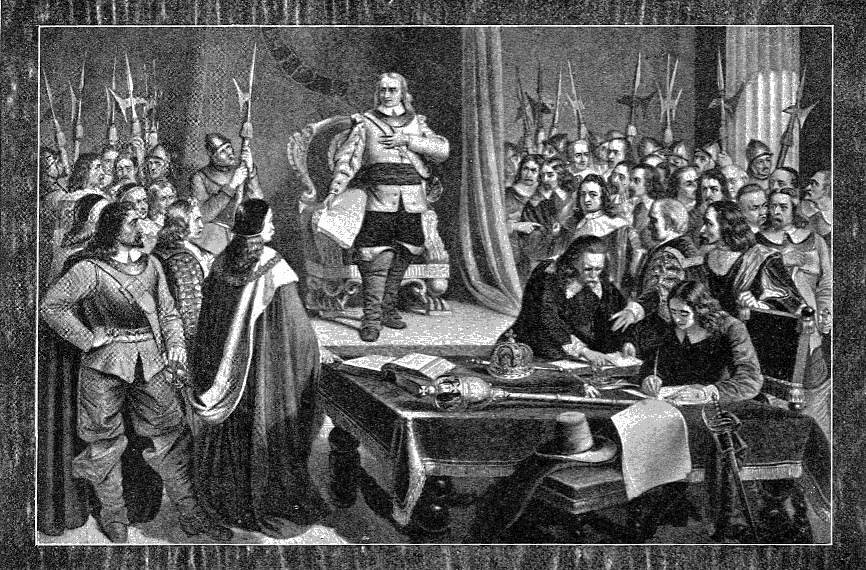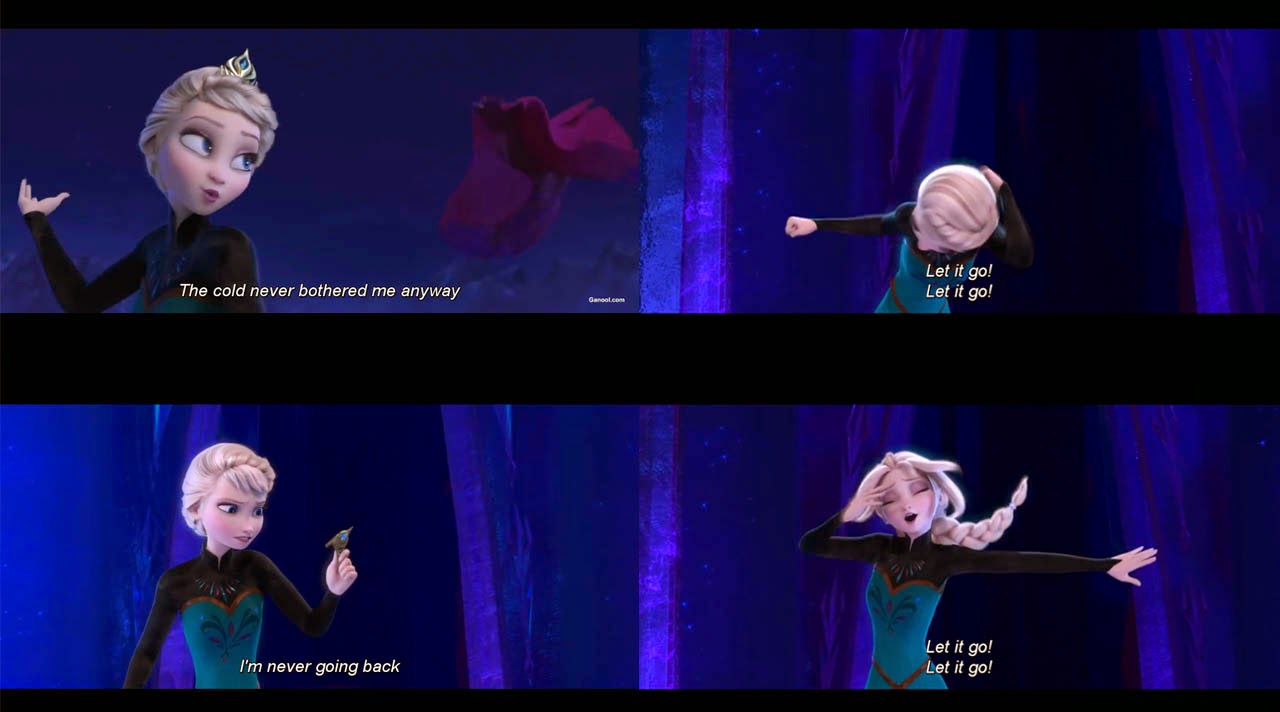The Era of Puritanism (1564-1660): Society Background
Society Background
This period were having some development phases just like the previous period, Elizabethan. The opposite look from Elizabeth period can be seen clearly from a lot of internal conflicts happened at the time. The social society background surely affected the literature side, so you can see that most of literary works at this period were accentuating the depressed and gloomy sides of the world.It is just different with Elizabeth period. But what do you know about puritan actually?
Puritanism was a religious reform movement that arose within the Church of England in the late sixteenth century.If we bring this word back to our era, we can find in any dictionary that puritan means someone who obeys to strict religious principles; someone opposed to sensual pleasures. If we find a group of religious people who think that living lavishly and secularism is not a good thing in life, then they can be considered as puritan. Now, if we go back to the era where this word came from, Puritanism in this sense were founded by some Marian exiles from the priesthood shortly after the accession of Elizabeth I of England in 1558. Marian exiles are some priests or English Protestants who fled to the European continent during the reign of Queen Mary I and King Philip. So they had mission to purify the religious teachings within churches all over England and at the first time Puritanism only a religious movement. But their intention was not welcomed well by the reign of James I and Charles I. At the reign of Queen Elizabeth I, the conflict could be redeemed well as she governed wisely to both of Puritans and Catholics. But at James I and Charles I reigns, Puritanism grew into a movement against them. This is because James I used a special theory from Scotland for him to rule the kingdom. The theory is called Divine Rights of Kings, which means God gives Kings a special and inviolable right because they believe in themselves as the representatives of the God itself on Earth. King stands above all things, including man-made law, and against the King mean against God.
This period were having some development phases just like the previous period, Elizabethan. The opposite look from Elizabeth period can be seen clearly from a lot of internal conflicts happened at the time. The social society background surely affected the literature side, so you can see that most of literary works at this period were accentuating the depressed and gloomy sides of the world.It is just different with Elizabeth period. But what do you know about puritan actually?
Puritanism was a religious reform movement that arose within the Church of England in the late sixteenth century.If we bring this word back to our era, we can find in any dictionary that puritan means someone who obeys to strict religious principles; someone opposed to sensual pleasures. If we find a group of religious people who think that living lavishly and secularism is not a good thing in life, then they can be considered as puritan. Now, if we go back to the era where this word came from, Puritanism in this sense were founded by some Marian exiles from the priesthood shortly after the accession of Elizabeth I of England in 1558. Marian exiles are some priests or English Protestants who fled to the European continent during the reign of Queen Mary I and King Philip. So they had mission to purify the religious teachings within churches all over England and at the first time Puritanism only a religious movement. But their intention was not welcomed well by the reign of James I and Charles I. At the reign of Queen Elizabeth I, the conflict could be redeemed well as she governed wisely to both of Puritans and Catholics. But at James I and Charles I reigns, Puritanism grew into a movement against them. This is because James I used a special theory from Scotland for him to rule the kingdom. The theory is called Divine Rights of Kings, which means God gives Kings a special and inviolable right because they believe in themselves as the representatives of the God itself on Earth. King stands above all things, including man-made law, and against the King mean against God.
There were two reasons why the conflict happened a lot in this period, especially between parliament and the King;
- The Puritans, who most of them were people from parliament, asked for permission to the King whether they could hold their own tradition for the church services using a simple ceremony and more emphasize on preaching.
- The Puritans also asked for the Bible translated.
King James I rejected the first demand and fulfilled the second one only. The direct result of the refusal is the dismissal of several hundred Puritan priest of the Anglican Church.Since that time, non-conforms movement began, that is the Protestant movement outside the official church, whose members actually consisted from influential factions in society. They were people which some of them are gentries and businessmen at the city. His ruthless actions sparked a great dispute between himself toward some Puritans at parliament. Started as religious conflicts, it was spread to other aspects like government, economy, and others. This situation continued to the reign of Charles I (1625-1649) as he is the son of James I. Like father, like son, he continued the subtleties which his father obeyed. The conflict appeared as many as the previous reign. For example, King of Charles I even tried to rule the country without any role of parliament for 11 years (1629-1640). This is because he thinks that he should leave the Diving Rights of Kings’ theory behind if he ruled the country along with parliament. In addition to conducting suppression in politics and economics, Charles I also did pressure in the field of religion, the most sensitive areas. He appointed a lecturer at Oxford University, Laud, to become an archbishop and gave him carte blanche to impose uniformity in the Anglican Church according to a theory,High Church Anglicanism, which is an understanding that desire ecclesiastical practices that are similar to the Catholic Church.
The ongoing conflict between the king and the Puritan groups reached its peak in the Civil War.There were two wars in this period. The first Civil War (1642-1646) was between the King and Puritans. King is supported by most of the nobility who sit in the Upper House, Anglicans, Catholics,Cavaliers, and knighthoods, while Puritans or roundheads were people from middle class, such as merchants and keepers from the cities near ports. They are called as roundheads because some of them had a simple hairdo.King Charles I literally lost his head; the Puritans formed a Commonwealth, lead by Oliver Cromwell, a military who supports Puritan along with some people from Scotland helped Puritans to win the war at Naseby in 1645.
The second Civil War was between the New Model Army and those people from Scotland who each of them wanted more power. The Scots wanted Presbyterianism to be a valid religion in England but it was opposed by the New Model Army. While parliament wanted to disband New Model Armywithout giving its members a fee arrears. Finallythe second phase of civil war broke out which did not last long (1648).The war was won by the New Model Army led by Oliver Cromwell. After Charles I was executed, Oliver Cromwell made himself head of the English and England transformed into a republic for more than 11 years (1649-1660).
- The Puritans, who most of them were people from parliament, asked for permission to the King whether they could hold their own tradition for the church services using a simple ceremony and more emphasize on preaching.
- The Puritans also asked for the Bible translated.
King James I rejected the first demand and fulfilled the second one only. The direct result of the refusal is the dismissal of several hundred Puritan priest of the Anglican Church.Since that time, non-conforms movement began, that is the Protestant movement outside the official church, whose members actually consisted from influential factions in society. They were people which some of them are gentries and businessmen at the city. His ruthless actions sparked a great dispute between himself toward some Puritans at parliament. Started as religious conflicts, it was spread to other aspects like government, economy, and others. This situation continued to the reign of Charles I (1625-1649) as he is the son of James I. Like father, like son, he continued the subtleties which his father obeyed. The conflict appeared as many as the previous reign. For example, King of Charles I even tried to rule the country without any role of parliament for 11 years (1629-1640). This is because he thinks that he should leave the Diving Rights of Kings’ theory behind if he ruled the country along with parliament. In addition to conducting suppression in politics and economics, Charles I also did pressure in the field of religion, the most sensitive areas. He appointed a lecturer at Oxford University, Laud, to become an archbishop and gave him carte blanche to impose uniformity in the Anglican Church according to a theory,High Church Anglicanism, which is an understanding that desire ecclesiastical practices that are similar to the Catholic Church.
The ongoing conflict between the king and the Puritan groups reached its peak in the Civil War.There were two wars in this period. The first Civil War (1642-1646) was between the King and Puritans. King is supported by most of the nobility who sit in the Upper House, Anglicans, Catholics,Cavaliers, and knighthoods, while Puritans or roundheads were people from middle class, such as merchants and keepers from the cities near ports. They are called as roundheads because some of them had a simple hairdo.King Charles I literally lost his head; the Puritans formed a Commonwealth, lead by Oliver Cromwell, a military who supports Puritan along with some people from Scotland helped Puritans to win the war at Naseby in 1645.
The second Civil War was between the New Model Army and those people from Scotland who each of them wanted more power. The Scots wanted Presbyterianism to be a valid religion in England but it was opposed by the New Model Army. While parliament wanted to disband New Model Armywithout giving its members a fee arrears. Finallythe second phase of civil war broke out which did not last long (1648).The war was won by the New Model Army led by Oliver Cromwell. After Charles I was executed, Oliver Cromwell made himself head of the English and England transformed into a republic for more than 11 years (1649-1660).


